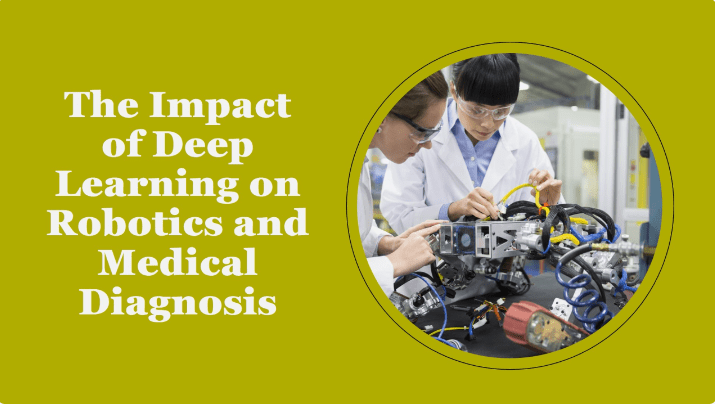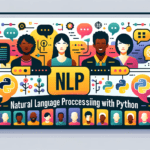In the ever-evolving tech landscape, the convergence of Computer Vision and Artificial Intelligence (AI) is reshaping industries and propelling us into a future where the lines between human and artificial perception blur seamlessly. This exploration dives into the multifaceted role of Computer Vision in advancing AI, illuminating the transformative possibilities it unlocks across various sectors.
The interaction of Computer Vision and AI
At the core of cutting-edge technological progress lies the symbiotic relationship between Computer Vision and AI. This alliance doesn’t merely refine AI; it revolutionizes its capabilities. Unlike traditional models, this fusion imbues Artificial Intelligence with a dimension mirroring human visual understanding, fostering a leap from rule-based systems to adaptive and intuitive models.
Elevating Data Interpretation through Visual Intelligence
Computer Vision’s impactful contribution to AI is evident in its prowess to interpret and comprehend visual data. Advanced algorithms and neural networks empower AI systems to extract nuanced information from images and videos. This capability holds immense potential, revolutionizing sectors from healthcare, where medical imaging undergoes a paradigm shift, to manufacturing, optimizing processes through visual data insights.
Revolutionizing Automation and Robotics
Automation, a cornerstone of AI, experiences a revolutionary shift with Computer Vision integration. Machines, equipped with visual intelligence, navigate and interact with environments, fostering adaptive and responsive robotic systems. Beyond streamlining industrial processes, this synergy unlocks innovation in autonomous vehicles, where visual perception is pivotal for safe navigation through dynamic landscapes.
Breaking Barriers with Object Recognition
Object recognition, a linchpin in diverse AI applications, witnesses remarkable advancements through Computer Vision. Advanced algorithms empower AI systems not only to see but also to identify and classify objects within images or video feeds. Applications span from facial recognition fortifying security measures to inventory management optimization in retail, broadening the horizons of AI across industries.
Fostering Seamless Human-Machine Collaboration
As Computer Vision progresses, it fosters seamless collaboration between humans and machines. Augmented reality (AR) applications exemplify this, where visual overlays enhance human perception and interaction with the digital realm. From healthcare simulations providing immersive training to interactive design applications, this collaborative dance between humans and machines becomes more intuitive, enhancing productivity and impact.
Overcoming Constraints with Deep Learning
Deep Learning, pivotal to AI, finds a natural companion in Computer Vision. The amalgamation of these technologies leads to breakthroughs in image and speech recognition, surpassing traditional rule-based approaches. Adaptive deep learning algorithms continually enhance performance, addressing the limitations of static, predefined models and propelling AI towards greater flexibility and efficiency.
Pioneering Frontiers in Medical Diagnostics
The profound impact of Computer Vision on AI resonates in the healthcare sector. From diagnostic imaging to pathology analysis, AI systems empowered by visual data interpretation aid medical professionals in making accurate and timely decisions. This marriage accelerates diagnostics and augments healthcare practitioners’ capabilities, potentially revolutionizing the field.
Navigating the Future with Visionary AI
In conclusion, the dynamic interplay between Computer Vision and Artificial Intelligence is sculpting a future where machines perceive and understand the world with unparalleled acuity. The visionary capabilities of Computer Vision propel AI into uncharted territories, promising a future where intelligent systems seamlessly integrate into our daily lives. As we refine this symbiotic relationship, the horizons of AI expand, unveiling a future both exciting and transformative.



